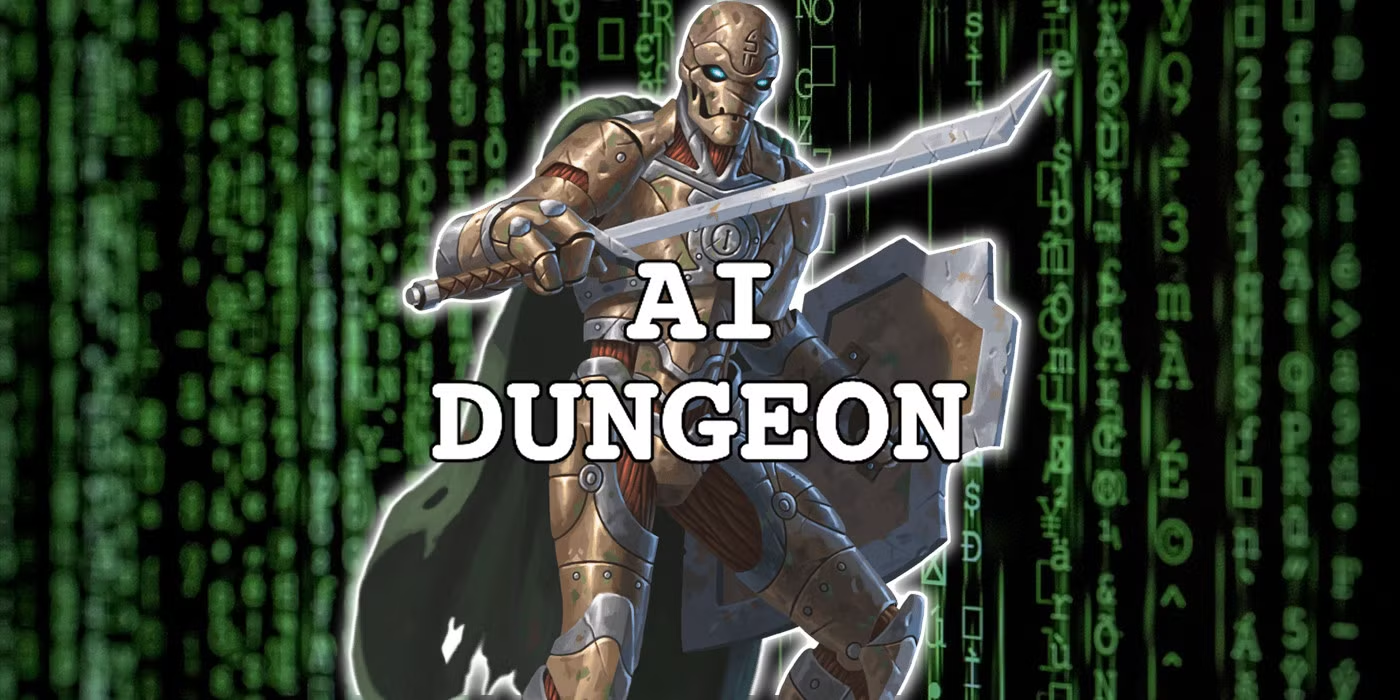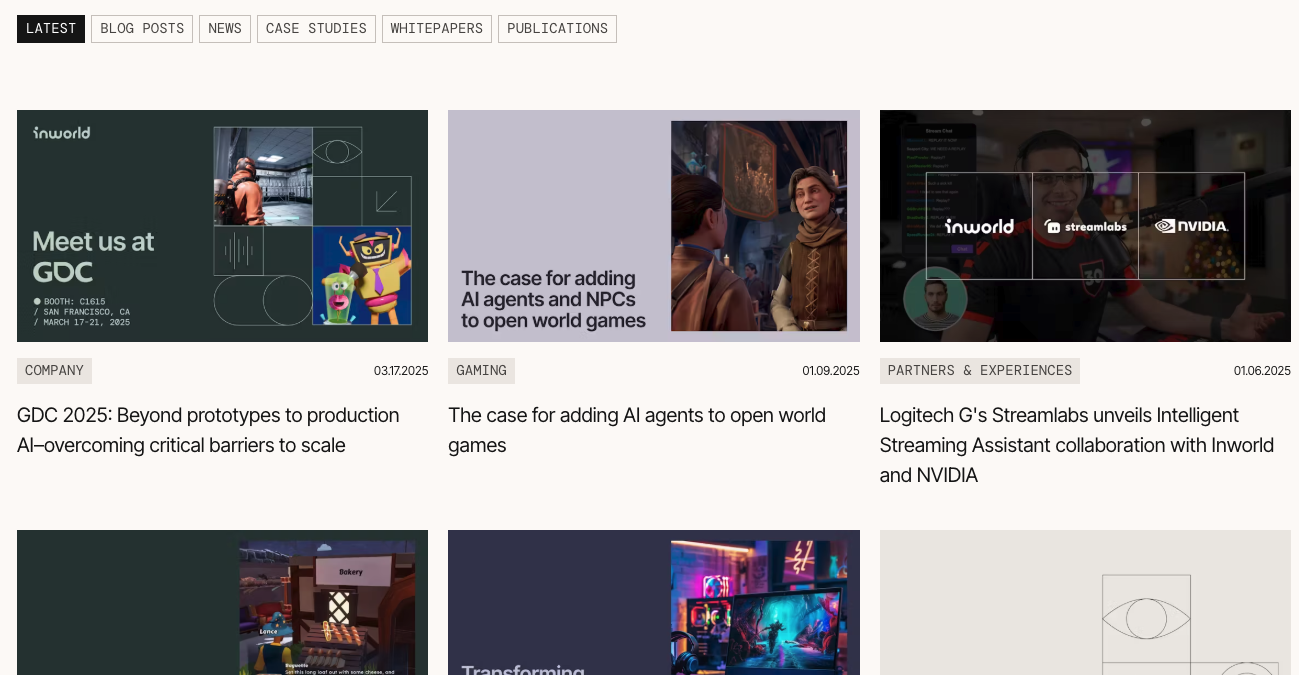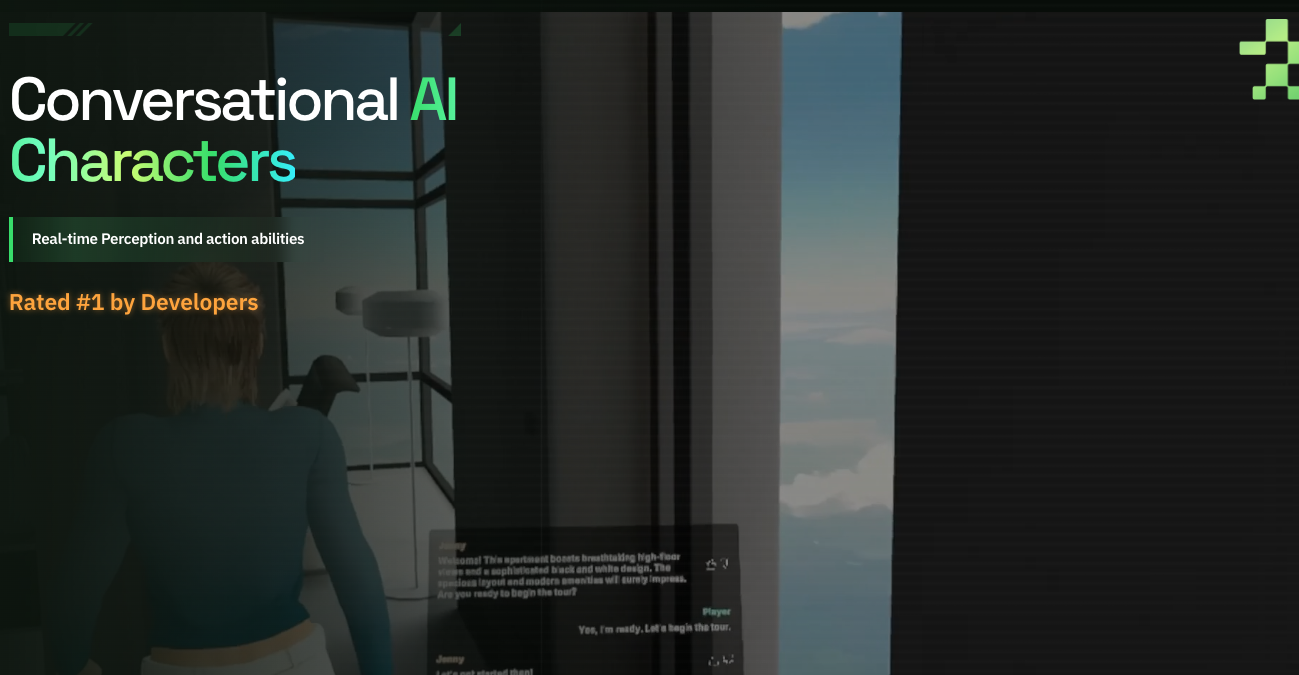AI Storytelling Engines | 매거진에 참여하세요
AI Storytelling Engines
#GameStory #Storytelli #Engine #Narrative #AIDungeon #Inworld #Convai
From Play to Participation: How AI Storytelling Engines Are Changing the Game
Games have long transcended the realm of simple entertainment.
Today, they serve as immersive storytelling mediums capable of delivering deep emotional experiences.
Gone are the days of purely linear plots—interactive, branching narratives driven by player choices now pull gamers deeper into their worlds.
In this evolving landscape, AI storytelling engines are ushering in a new paradigm in game narratives.
What Are AI Storytelling Engines?
An AI storytelling engine uses artificial intelligence to generate or adapt storylines dynamically within a game.
These engines analyze player decisions, in-game behaviors, and situational contexts to craft narratives in real-time.
One of the best-known examples is AI Dungeon,
a text-based adventure game powered by a GPT language model that allows for infinite story generation based on player input.

Notable AI Storytelling Engines
Inworld AI: Breathing Life into Characters

Inworld AI focuses on creating emotionally rich, memory-driven characters with distinct personalities.
It’s far more than a dialogue generator—it’s a tool for world-building through deeply personalized NPCs.
Key Features:
- Personality Modeling: Developers define character traits, speech style, and role in the world.
Example: “A stoic but fiercely loyal middle-aged knight.”- Memory System: Characters remember past interactions. If a player was rude, expect colder treatment next time.
- Goal-Directed Behavior: NPCs have objectives and will attempt to achieve them on their own.
Example: “Convince the king to avoid war.”
- Other Highlights:
Real-time voice and text conversation
Compatible with Unity and Unreal Engine
Supports AI-to-AI interaction between characters
Convai: Developer-Friendly Interactive NPCs

Convai is an API-based engine that enables real-time, voice- and text-based interactions with NPCs.
It stands out for its developer-friendly integration and extensive customization options.
Core Capabilities:
- LLM-Powered Dialogue: Plug in models like GPT-4, Claude, or Mistral to give your characters intelligence.
- Contextual Conversation Flow: Maintains dialogue continuity by tracking past player interactions.
- 3D Avatar Integration: AI controls facial expressions, lip-sync, and gestures in real time.
- Other Highlights:
Lightning-fast response (under 1 second)
Seamless support for Unity, Unreal, and WebGL
No-code character creation UI (drag-and-drop)
The Future of Game Design: Engine Convergence
These engines are evolving beyond standalone tools into an ecosystem of interconnected technologies.
Imagine syncing Inworld’s nuanced character traits with Scenario’s visual storytelling, or fusing Convai’s dialogue flows with cinematic cutscenes built on branching storyboards. The result?
AI-powered worlds where structure, personality, and scene come together seamlessly.
We’re entering an age where “living stories” once thought impossible are now fully within reach.
How to Apply AI Storytelling Engines in Game Development
To truly unlock their power, you can’t just “add” these engines to a game—you need to reimagine your design process around AI.
Here’s a roadmap:
1. Character-First Game Design
Engines like Inworld and Convai breathe life into characters. That means developers need to think beyond dialogue trees and define:
- Personality: Cheerful adventurer or cynical merchant?
- Worldview: What era? What cultural norms?
- Relationships: Who do they like or hate?
- Triggers: What angers or delights them?
By feeding these details into AI models via prompts, your NPCs become sentient beings with emotions and goals—not just scripted text boxes.
2. Personalized Story Progression
Traditional games rely on static scripting: scenario writing → dialogue scripting → branching logic. AI changes this.
Player takes action → System logs it
Logs are interpreted → Intent is inferred
AI generates next dialogue, quest, or info dynamically
Example: If a player consistently ignores an item, Convai might remove a related quest entirely, interpreting disinterest organically.
The result? Natural, non-linear narrative flow tailored to each individual playthrough.
Challenges and How to Overcome Them
AI storytelling is powerful, but not without its challenges:
1. Narrative Consistency
- Problem: AI may forget long-term context, leading to inconsistencies.
- Solution: Use persistent memory systems (e.g., Inworld’s memory API) to allow NPCs to recall past interactions.
2. Toxic or Biased Output
- Problem: LLMs can reproduce offensive or biased content.
- Solution: Combine prompt filtering, safety guardrails, and content moderation tools for safer experiences.
3. Off-Topic Responses
- Problem: Sometimes, AI derails the story with unrelated replies.
- Solution: Implement Retrieval-Augmented Generation (RAG) to ground AI responses in the game’s lore and context.
Welcome to the Era of Playable Stories
AI storytelling engines aren’t just tools—they’re gateways to a new form of creative expression.
Where players once followed predetermined plots, they now actively create and play their own stories.
From Inworld’s lifelike NPCs to Convai’s adaptive conversations, each piece contributes to a living narrative experience.
We are no longer just consumers of stories—we’re becoming collaborators.
And this is only the beginning.
In the next five years, expect AI storytelling engines to redefine not only gaming,
but interactive films, education, and even the metaverse.






